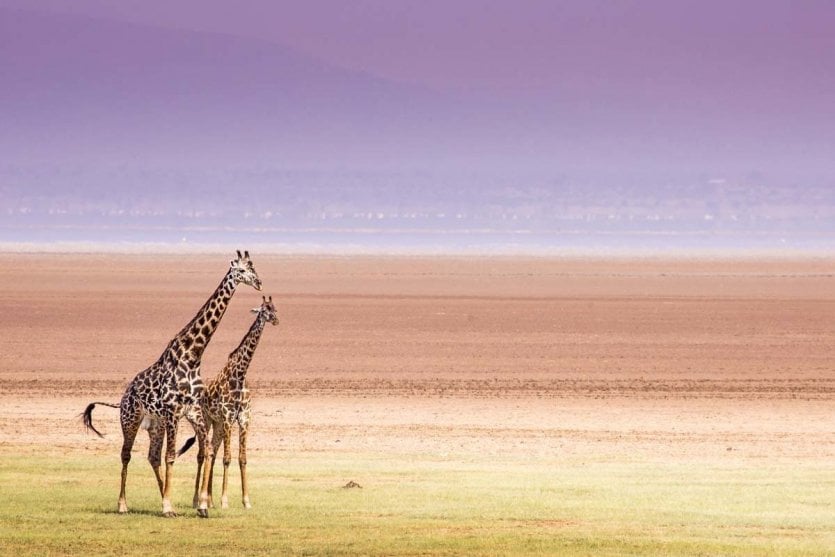
Going to Tanzania means fulfilling at least one of your wildest dreams... Climbing the mythical Kilimanjaro, enjoying the paradisiacal beaches of Zanzibar, taking part in a Big Five safari and surveying the wild landscapes that populate our imaginations. Savannah, desert plains, dense forests, baobab fields, vertiginous craters, the shores of the Indian Ocean, lakes, marshes and rivers: this country, twice the size of France, boasts all the natural riches of a legendary wildlife kingdom.
1. Kilimanjaro
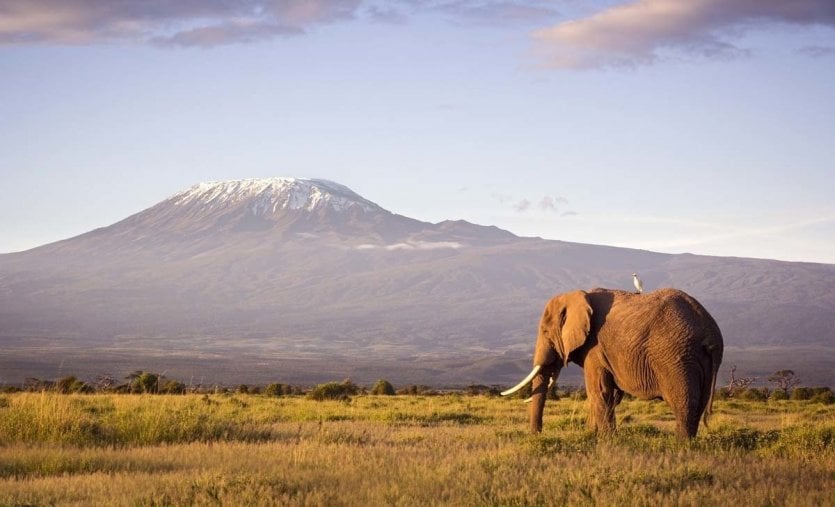
wLDavies - iStockphoto
At 5,895 meters, Kilimanjaro is the highest peak in Africa and one of the largest in the world. It is formed by three dormant volcanoes: Shira, Mawenzi and the often snow-capped Kibo. Numerous hikes are organized to climb this mythical mountain, with 6 itineraries, varying in difficulty but accessible to all. To reach its peaks, you have to cross 5 different ecosystems, and the thermometer can leap from zero to 37°, from night to day. The climb takes 5 to 6 days, unless you want to beat the record of 5 h 23 min held by a young Spaniard.
Also check out our Top 10 hiking destinations!
2. What to do in Tanzania Serengeti National Park
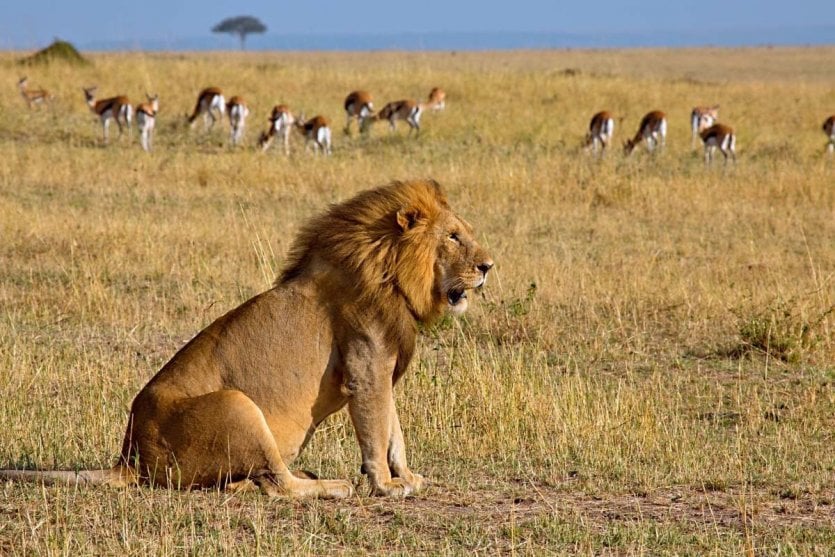
hP Huber
Stretching over 15,000 km², the Serengeti National Park is the country's most popular reserve for safari enthusiasts. Every year, it offers the incredible spectacle of the Great Migration, during which hundreds of thousands of animals, mainly wildebeest, zebra and gazelle, make their way through. Serengeti is also home to many iconic species: elephants, giraffes, lions, leopards and cheetahs, buffalo, hippos, crocodiles, antelopes, jackals, hyenas and over 500 species of birds... It's a sure bet that you'll be able to take some of your best shots. Still not convinced? Discover 5 good reasons to go on safari in Tanzania !
3. Zanzibar
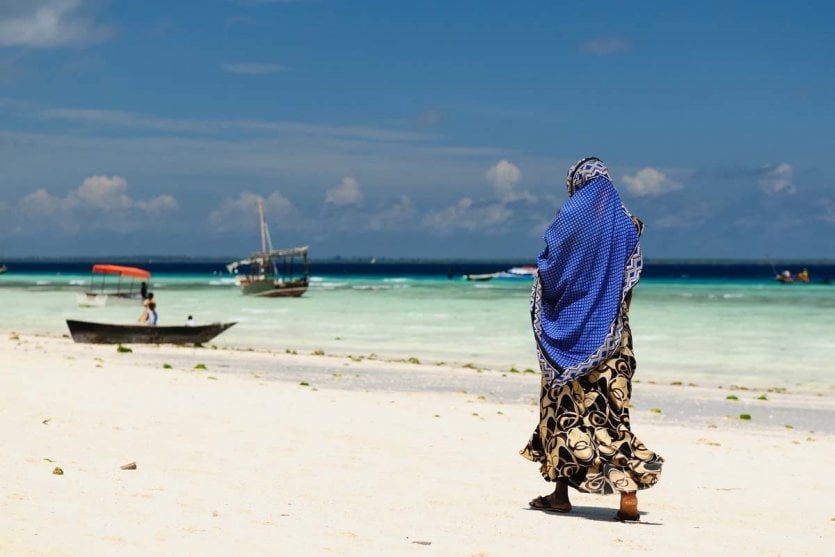
rchphoto - iStockphoto
A name that makes you dream and some of the most paradisiacal landscapes in Africa zanzibar: the island of Zanzibar unfurls its endless beaches in the heart of the Indian Ocean. Its translucent waters, immense coconut palms, spice plantations and tropical trees create a magnificent backdrop for the luxury hotel industry. A land of explorers, Zanzibar revealsa culture with multiple influences perceptible in its architecture, music, dance and food, tinged with Bantu, Indian, English, Arabic, Portuguese and Chinese influences. Most travellers spend some time relaxing in Zanzibar before discovering the riches of the national parks. If you're planning a trip to Zanzibar, check out our article: What to see, what to do in Zanzibar? The 13 must-sees.
4. What to do in Tanzania Go to Tarangire National Park
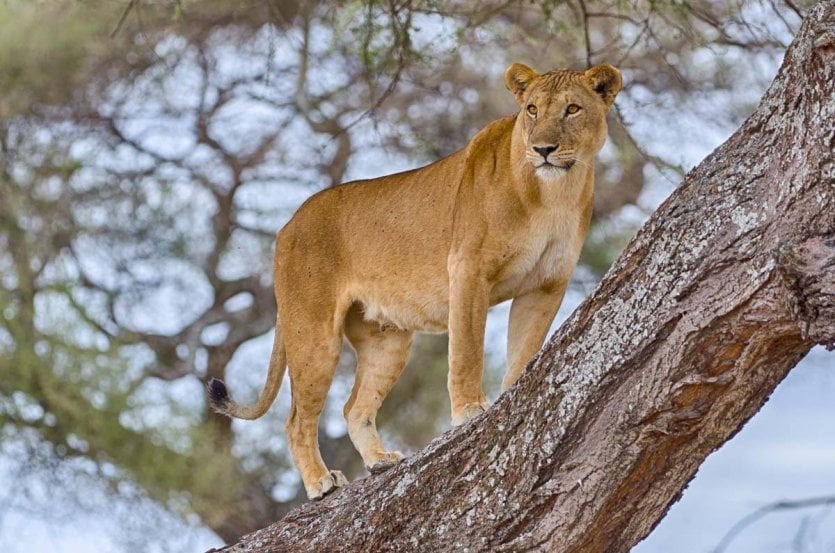
steve Lagreca _ Shutterstock.com
Of all the parks in Tanzania, Tarangire stands out for its modest size and its more authentic - or less exploited - character. Known for its fields of wild baobab trees, the eponymous river runs through the park and provides water for the animals all year round: you're sure to come across many elephants, especially in the dry season from June to September. The waterhole also attracts buffalo, giraffe, zebra, wildebeest and various predators. Its numerous marshes are a delight for birdwatchers, who come to observe the 550 varieties of birds that pass through the park. To help you plan your trip, read our article "How to go on safari in Tanzania? What you need to know".
5. Ngorongoro
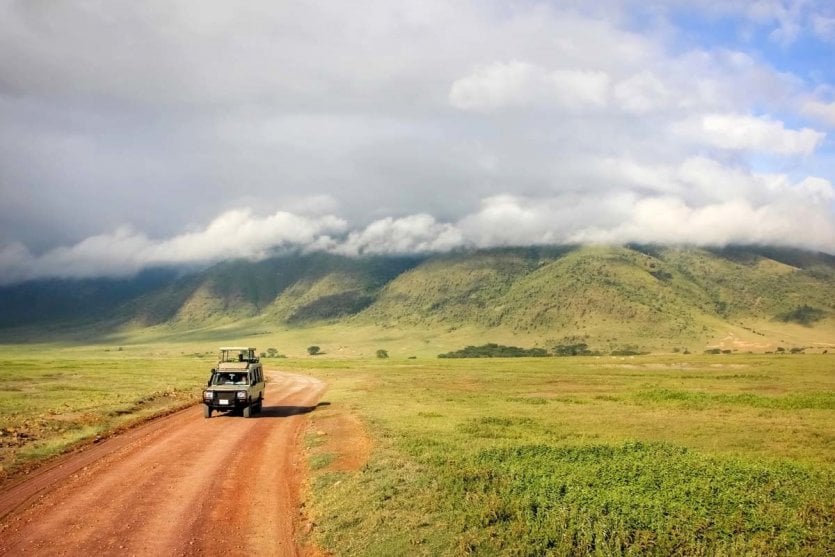
delbars
Listed as a UNESCO World Heritage Site since 1979, Ngorongoro isthe world's largest intact volcanic caldera, measuring 260 km² and 18 km in diameter. The crater floor is carpeted with a variety of ecosystems that form a veritable Garden of Eden for the local fauna. In fact, it is home to an astonishing concentration of animals, with over 25,000 mammals of 55 different species confined within its natural ramparts. Nicknamed "the eighth wonder of the world", Ngorongoro remains a travel highlight.
6. What to do in Tanzania Lake Natron
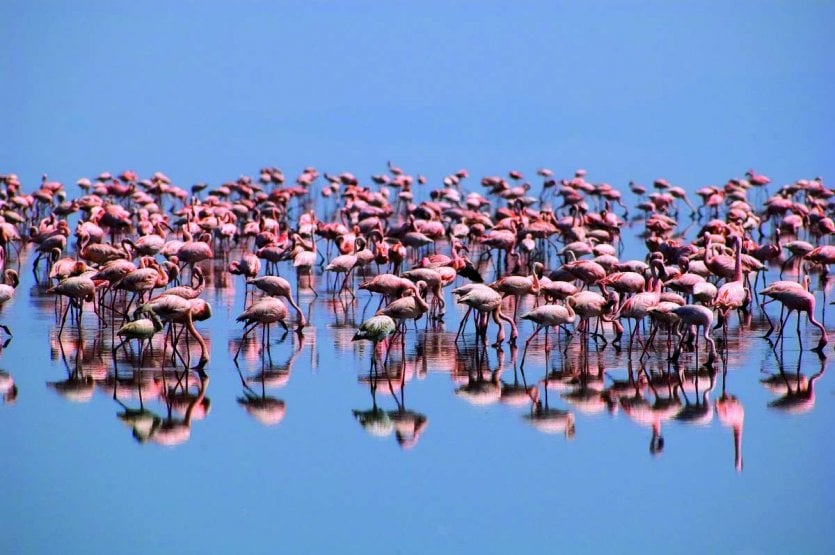
iStockphoto.com_sburel
Lake Natron lies at the lowest point of the Rift Valley, its waters characterized by a high concentration of sodium and sulfur and a very high temperature (up to 50°C). This alkaline expanse offers sometimes surreal gradations of color, and is an ideal place to observe hundreds of thousands of Lesser Flamingos. For the rest, this pond has a morbid specificity: it transforms the animals into stone statues due to the presence of all the chemical elements. During the dry season, Lake Natron is like a cabinet of curiosities, filled with frozen, desiccated carcasses.
7. Rhuaha National Park
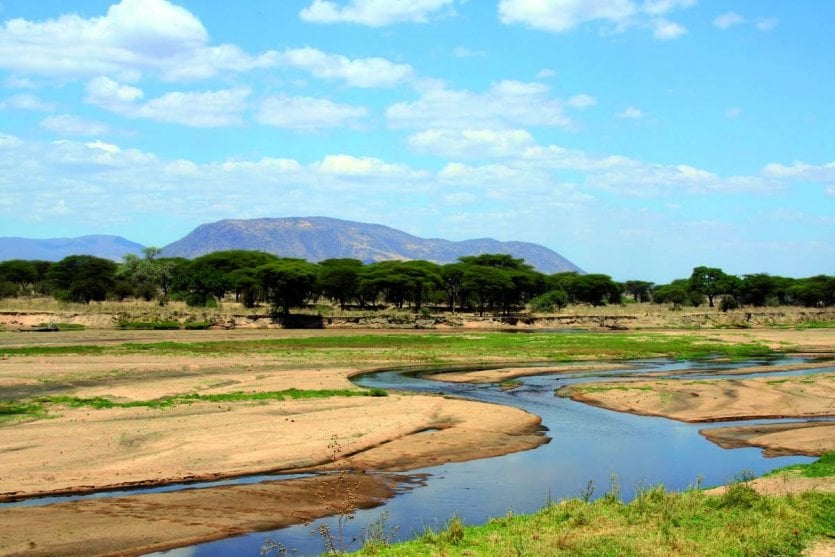
dsukhov - iStockphoto.com
Off the beaten track, Ruaha is Tanzania' s largest national parkto date, and the most unspoiled in terms of tourism. Here you can enjoy one of the world's finest safaris. Its topography is shaped by reliefs ranging from 500 m to 1,900 m, sheltering a wide variety of landscapes: baobab-fringed plains, rocky hills, dense forests... Animal life is concentrated around watercourses, mainly the Grande Rivière Ruaha and the Mzumbe River. Elephants and lions abound, along with crocodiles, zebras, giraffes, kudus, jackals and more. If you're lucky, you'll come across the extremely rare wild dog.
8. What to do in Tanzania Visit the Selous Reserve
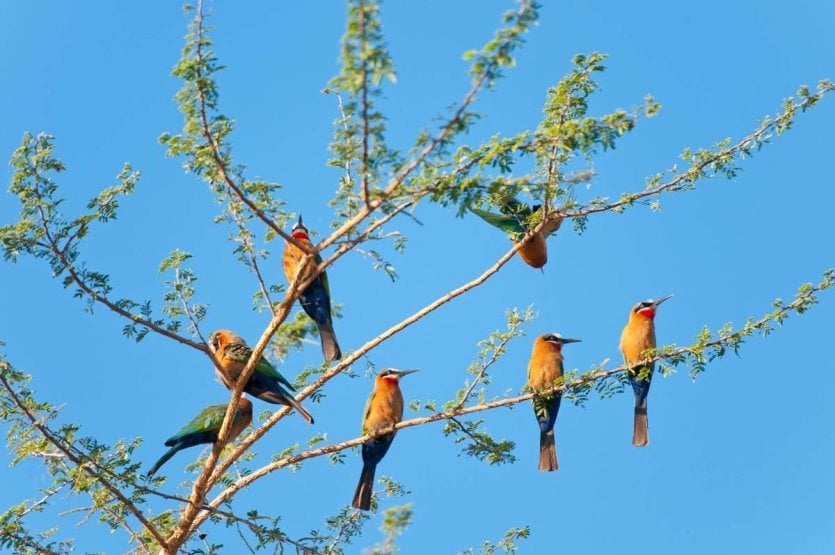
alexandra Giese _ Shutterstock.com
Although Selous is not a national park, it is nevertheless the largest conserved area in Africa. Crossed by the Rufiji River, this immense sanctuary is divided into two parts: the northern zone reserved for photo safaris and the southern zone for hunting. It offers a varied landscape combining savannahs, green plains, forests and mountain ranges. This unspoilt area is home to Tanzania 's typical wildlife: elephants, cheetahs, black rhinoceroses, giraffes, hippos, crocodiles... The best time to visit Selous is between June and October.
9. Lake Manyara National Park
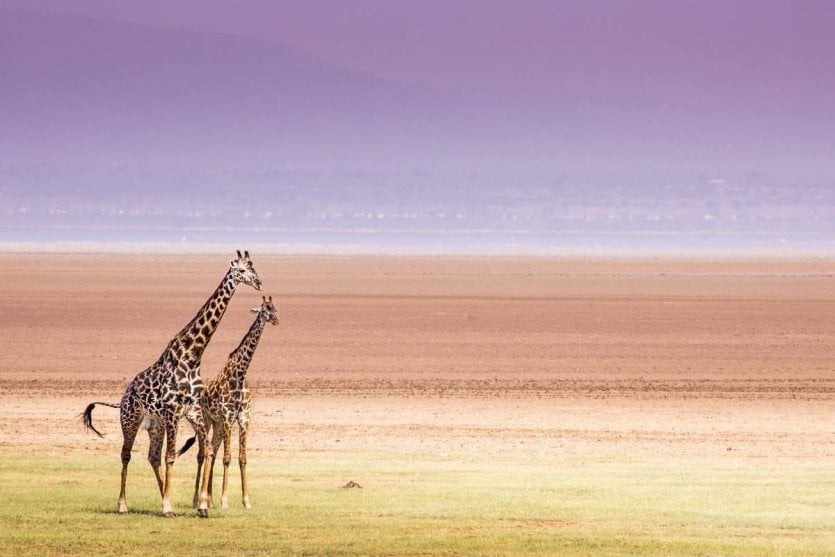
curioso - Shutterstock.com
Lake Manyara covers an area of 330 km², of which 200 km² is occupied by the lake. Despite its relatively small size, it is home to a wide variety of wildlife, and its rainforest is home to the world's largest concentration of monkeys, including baboons and blue monkeys. Keep your eyes peeled as you stroll through the park, which is famous for its acacia-topped lions! Around the lake, you're sure to come across hippos, pelicans, storks and flamingos. Hemingway called it "the most beautiful jewel ever seen". A great idea for a honeymoon in Tanzania!
10. What to do in Tanzania Discover the Masai culture
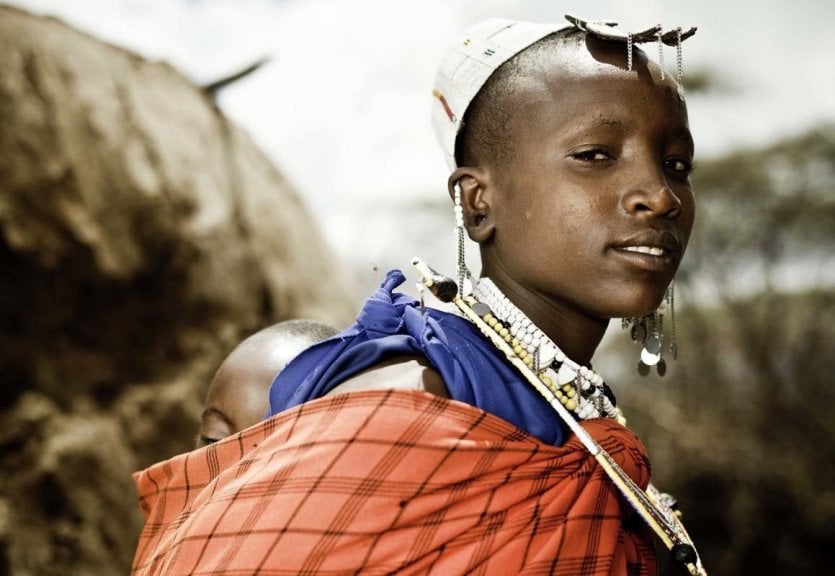
ranplett
Originally from western Ethiopia and southern Sudan, the Masai ethnic group lives partly in the northern territories of Tanzania. A semi-nomadic people of herders and warriors, the Masai set up their camps in villages called "boma". For the most part, they have kept their ancestral patrilineal way of life, which they invite us to discover for a fee, in order to maintain a certain autonomy. Younger people have allowed themselves to be seduced by modernity, and can be seen in Zanzibar during the season, still dressed in their big cloth, but with a cell phone in their hand!
11. Mafia Island
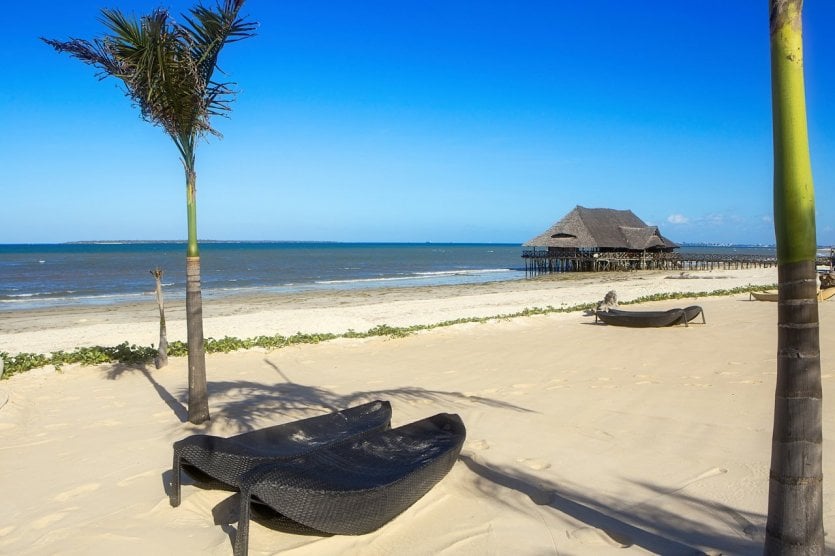
Mafia Island© byakkaya
Tanzania isn't one of those dream vacation spots you get for nothing. South of Dar Es Salaam, Mafia Island is a diver's paradise. It is home to the largest marine protected area in the Indian Ocean, the 882 km² Mafia Island Marine. The richness of Mafia's seabed is unquestionable: over 50 types of coral and 400 species of fish live in its waters. Local stars include barracuda, shark and mackerel, as well as the dugong, nicknamed the cow of the sea, a unique mammal that roams the strait.
Did you know? Tanzania is one of the few places in the world where you can swim with whale sharks!
12. Arusha National Park
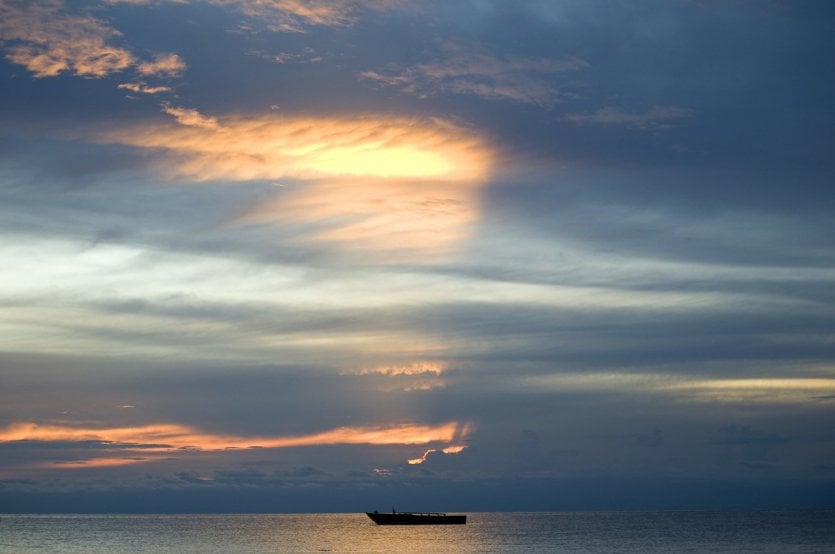
Fishing boat on Lake Tanganyika© Guenterguni - iStockphoto
In northern Tanzania, not far from downtownArusha, the national park of the same name is a natural treasure trove that includes the Ngurdoto crater, Ngorongoro's little brother, on the Meru volcano. The park is renowned for its dense forest and great ornithological interest: numerous bird species have been recorded here, including the pink flamingo, the pelican and the ibis. In addition to these birds, the country's giants such as giraffes, buffaloes, elephants and hippos are also well and truly present. There are many treks to be enjoyed in Arusha, including an ascent of the Meru volcano.
13. What to do in Tanzania See Lake Tanganyika
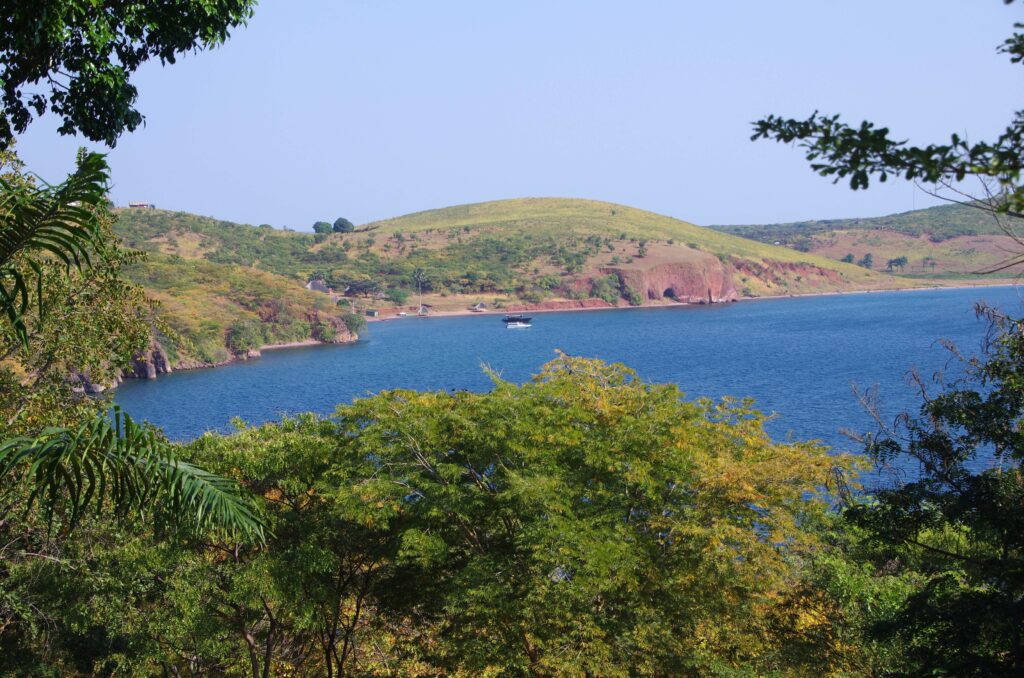
Embedded in the mountains, Lake Tanganyika is one of Africa's largest lakes, with a surface area approaching 32,000 km². It is also the second deepest lake in the world. Majestic, it appears as an impressive expanse of freshwater, where the elements frequently unleash themselves, provoking veritable storms. Its fish-filled waters are particularly exploited by local fishermen, who work through the night to catch dagaas sardines and Nile perch. You can swim in the lake, but keep as far away as possible from the mouths where you might come across a crocodile or hippopotamus!
14. Dar Es-Salaam
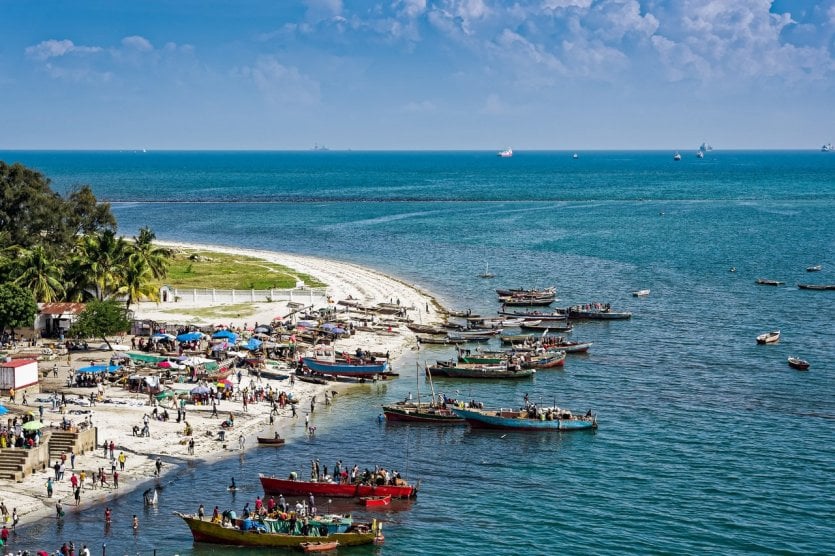
Dar-Es-Salaam© Igor Grochev
The country's economic capital (the official capital is Dodoma), Dar Es-Salaam is one of the must-see stops on a trip to Tanzania, if only for its airport. However, Dar Es-Salaam should not be underestimated. A cosmopolitan, sometimes chaotic city, it is a reflection of Tanzania: in constant development. Its culinary culture is full of international influences, as is its proximity to beaches such as Kigamboni and the unspoilt island of Bongoyo.
15. What to do in Tanzania Katavi National Park
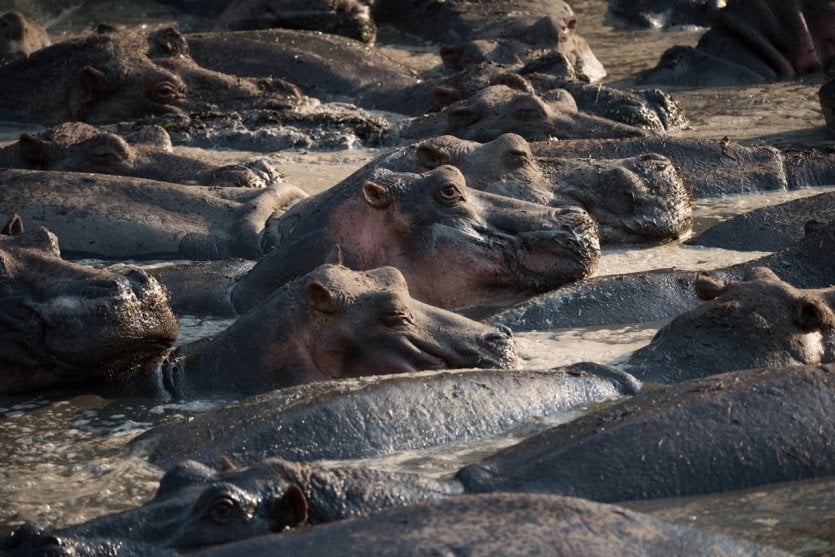
Katavi National Park© Palo Gajdos - Shutterstock.com
Off the beaten track, Katavi National Park is still little-visited, as access to it is rather complex and expensive: air cab is one of the main ways to reach it. As a result, it is certainly one of the wildest parks in the country, home to a rich fauna including numerous swamp birds, elephants, lions and hippos. The Katuma River, an immense swampy area, dominates the park's territory. The savannah is also very present.
16. Stone Town
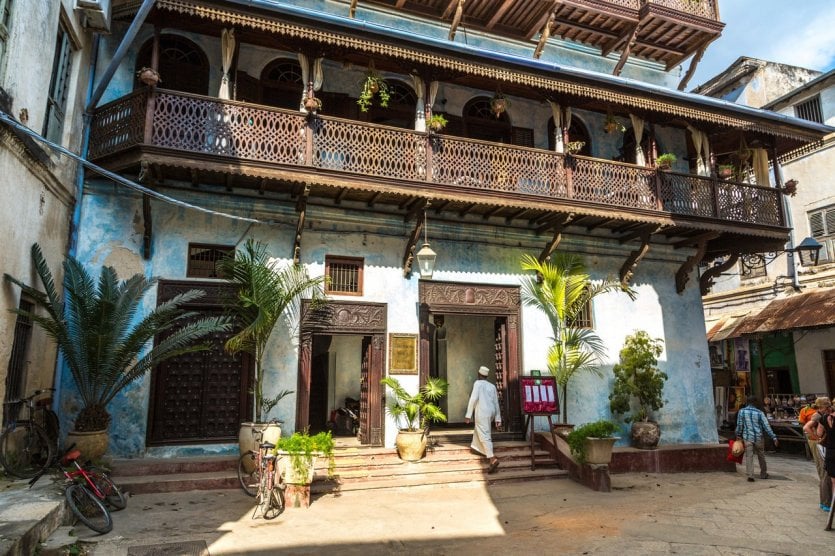
Stone Town© LMspencer - Shutterstock.com
A UNESCO World Heritage Site, Zanzibar Town's old town, Stone Town, is a precious testimony to the past. Its architecture seems to have frozen in the 13th century, revealing sublime coral stone buildings that have been carefully restored. From the doors and facades to the window frames, every detail of the houses that line the narrow streets of Stone Town is sumptuous. It's certainly here that the beauty of Zanzibar and the warm welcome of its people are best experienced. A real gem!
17. Mahale Mountains National Park
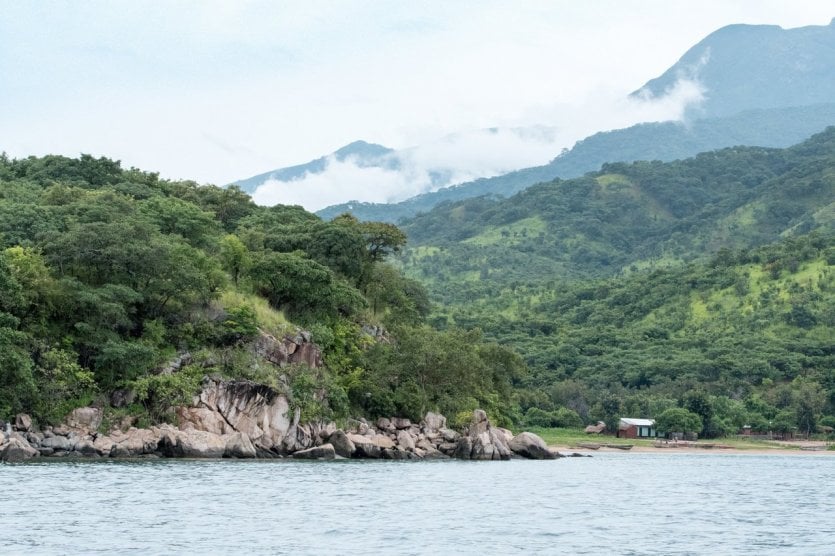
Mahale Mountains National Park© Simonetta - stock.adobe.com
The Mahale Mountains form the western border of Lake Tanganyika, and along them lies a national park of outstanding beauty, accessed mainly by lake. Situated in a rather arid and isolated region, the Mahala Mountains National Park nevertheless boasts large tracts of rainforest characteristic of its mountain range, which holds the rains particularly well in its valleys. The vegetation is luxuriant and the fauna is remarkable, with chimpanzees, warthogs and giraffes.
18. What to do in Tanzania See the ruins of Kilwa Kisiwani
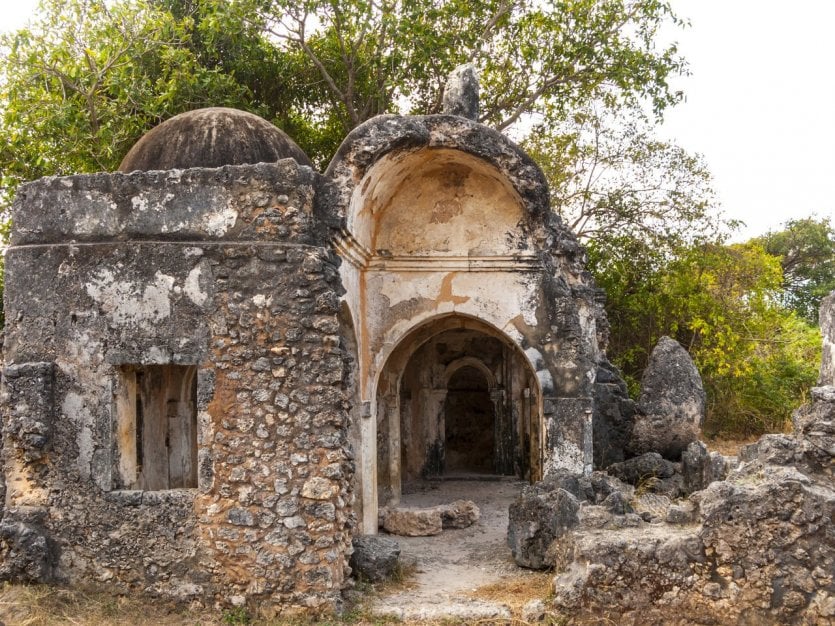
The ruins of Kilwi Kisiwani© travelview - Shutterstock.com
The island of Kilwa Kisiwani is separated from the rest of the country by a 3 km strait. Although little visited, it is home to uNESCO World Heritage Site, one of the most important among the most important in East Africa. Kilwa Kisiwani was an important trading port from the 13th to the 16th century. The ruins, which cover a large part of the island, bear witness to Swahili culture, as well as to the prosperity of medieval maritime trade. The ruins of Songo Mnara, a small island close to Kilwa Kisiwani, are also worth a visit.
19. Gombe Stream National Park
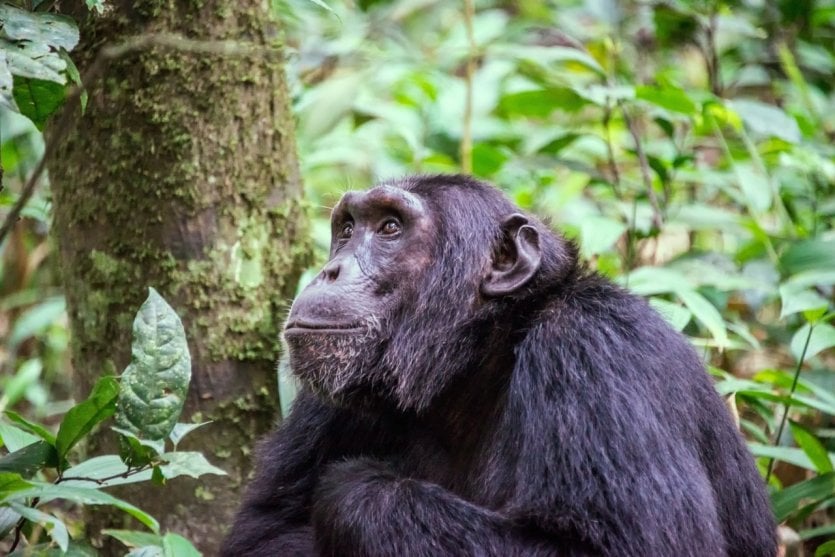
Gombe Stream National Park© MOIZ - stock.adobe.com
Gombe Stream is Tanzania's most popular national park, and for good reason: chimpanzees can be seen here all year round, much to the delight of visitors! Located in the Gombe Masito Ugalla Biosphere Reserve, Gombe Stream National Park extends over 52 km² along the shores of Lake Tanganyika, providing an ideal setting for discovering these beloved anthropomorphic primates and other baboons and colobus monkeys. The entrance fee is the most expensive of all Tanzanian parks, but the visit is exceptional.
20. What to do in Tanzania Visit Mbeya
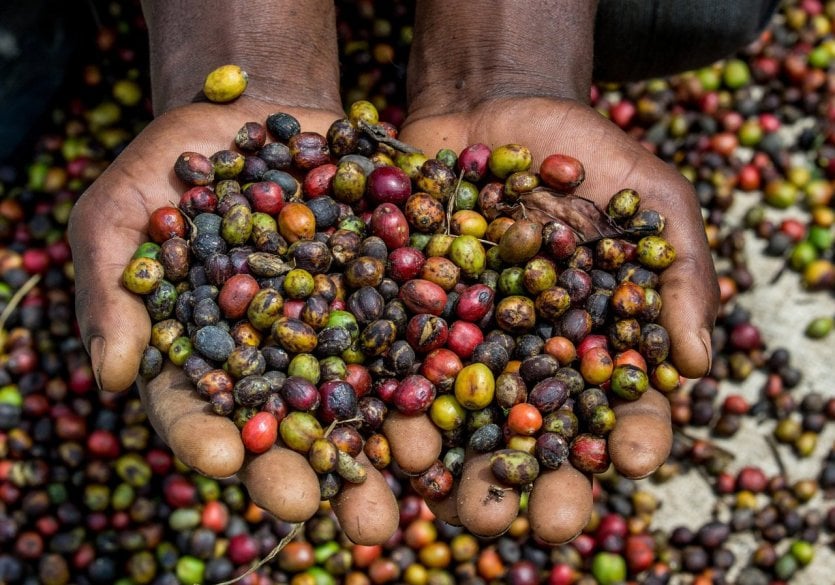
Coffee plantation, Mbeya© gudkovandrey - stock.adobe.com
In south-west Tanzania, Mbeya is one of the country's main agricultural areas. Situated at an altitude of over 1,700 m, at the foot of the mountains, the town gained notoriety in the 1920s during the gold rush. Today, the town's livelihood depends on another precious commodity: the Mbeya region is Tanzania's second-largest coffee-producing area, and is said to be the best in the country. In addition to its many coffee plantations, the Mbeya region also boasts an impressive natural landscape, sculpted by seismic and volcanic activity.
What to do in Tanzania with your family
Tanzania is a destination rich in discoveries and adventures, suitable for families. Here are just a few of the things you can do as a family on your trip.
- Safari in the national parks: Tanzania is famous for its national parks, notably the Serengeti, Ngorongoro and Tarangire. You'll be able to observe a wide range of animals, including lions, elephants, giraffes, zebras and many more. Be sure to choose a child-friendly safari with experienced guides.
- Discover Maasai culture: Meet the Maasai tribes and learn about their way of life, traditions and dances. Some agencies offer family-friendly tours of Maasai villages.
- Zanzibar beaches and islands: Relax on Zanzibar's heavenly beaches. You can also visit Stone Town, the island's capital and UNESCO World Heritage Site, and discover its narrow streets, lively market and carved wooden doors.
- Water sports: Take advantage of the crystal-clear waters of the Indian Ocean for a variety of water sports, including snorkeling, kitesurfing and deep-sea fishing.
- Visiting game reserves and sanctuaries: Tanzania is home to several game reserves and sanctuaries, such as the Gombe Stream chimpanzee sanctuary or Saadani National Park, where you can observe rare animals and support conservation efforts.
Don't forget to check health recommendations and precautions before traveling to Tanzania with children, such as vaccinations and anti-malaria medication.
What to see in Tanzania in 10 days
Tanzania offers many attractions and activities for travelers. Here's a suggested itinerary for a 10-day stay that will enable you to discover the country's must-sees:
- Days 1 and 2: Arusha
Start your journey in the town of Arusha, the gateway to Tanzania's northern national parks. Take time to acclimatize, visit the local market and the surrounding coffee plantations.
- Days 3 and 4: Tarangire National Park
Head to Tarangire National Park, famous for its savannah landscapes and large elephant population. Enjoy two days of game viewing and discover the local flora and fauna.
- Day 5: Lake Manyara
Spend a day in Lake Manyara National Park, where you can admire a wide variety of birds, as well as baboons, giraffes and elephants.
- Days 6 and 7: Ngorongoro Crater and Conservation Area
Explore the Ngorongoro Crater, a UNESCO World Heritage Site, and discover its exceptional concentration of wildlife, including black rhinos, lions and hyenas. Enjoy the scenic beauty of the Ngorongoro Conservation Area.
- Days 8 and 9: Serengeti National Park
Embark on a two-day safari in the famous Serengeti National Park, where you'll have the chance to spot the Big Five (lion, leopard, elephant, rhino and buffalo) and admire the vast grassy plains.
- Day 10: Return to Arusha or extension to Zanzibar
Return to Arusha to catch your flight home, or consider a few days' extension in Zanzibar to enjoy its heavenly beaches and Swahili culture.
This itinerary can be adapted to suit your preferences and the time of year. Don't forget to factor in travel times between the various sites, and to book your accommodation and activities in advance.
When is the best time to visit Tanzania?
Tanzania has a tropical climate, and the best time to travel there depends on the activities you want to do.
- For a safari in northern Tanzania (Serengeti, Ngorongoro, Tarangire, Manyara), the dry season from June to October is ideal. This is when you'll have the best chance of seeing the animals, as they gather around the waterholes.
- To climb Kilimanjaro, January to March and June to October are the best months, as they offer more favorable weather conditions.
- If you want to relax on the beaches of Zanzibar, the months of June to October and the winter months of December to February are the most pleasant, with less rain and warmer temperatures.
- To observe the great wildebeest migration in the Serengeti, plan your trip between December and March (birthing season) or between June and October (river crossing season).
Did you know that Tanzania is one of the world's trendiest destinations , and one of the top eco-tourism destinations of the moment? So, are you tempted by a vacation in this magnificent country? Take advantage of a discount by booking your travel insurance here, and leave with peace of mind!


